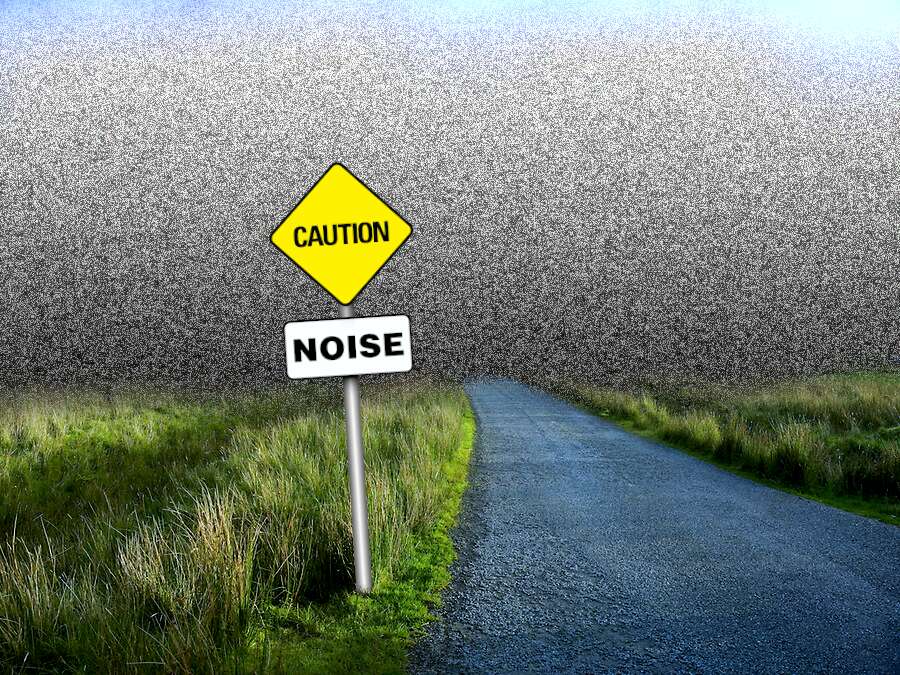import numpy as np
def noise(y, scale):
return np.random.normal(scale=scale, size=y.shape)
1. Introduction
Adding noise can be useful for simulating real-world scenarios where measurements are often accompanied with some level of random error.
2. Gaussian Noise
Gaussian noise, also known as normal noise, has several properties that make it a commonly used type of noise in various applications (including machine learning).
2.1 Statistical Properties
- Gaussian noise is characterized by a
normal distribution, which is well-studied and has known statistical properties. - This makes it easy to model and analyze mathematically.
2.2 Central Limit Theorem:
- The
Central Limit Theoremstates that the sum (or average) of a large number of independent, identically distributed random variables, each with finite mean and variance, will be approximately normally distributed. - This property makes Gaussian noise a natural choice in many scenarios where the noise is a result of multiple independent factors.
2.3 Mathematical Simplicity:
- The normal distribution has simple and well-defined mathematical properties, making it easy to work with in
analyticalandcomputationalcontexts.
2.4 Robustness in Estimation:
- Many statistical estimation methods, including
maximum likelihood estimation, assume that the underlying noise follows a Gaussian distribution. - This can lead to more robust parameter estimates when the actual noise is close to Gaussian.
2.5 Convenient in Machine Learning:
- In machine learning, adding Gaussian noise can act as a form of regularization, preventing overfitting by introducing a controlled amount of randomness during training. It is also commonly used in generative models, such as
Gaussian Mixture Models (GMMs).
3. The Function
Lets write a simple function named noise and add_noise that add Gaussian noise to an existing array.
3.1 noise function
This function generates random noise using NumPy’s random.normal function.
y: numpy or pytorch array
scale: standard deviation of the normal distribution from which the noise is drawn.output: array of random values with the same shape as the input arrayy.
def add_noise(x, mult, add):
return x * (1+noise(x, mult)) + noise(x, add)3.2 add_noise function
This function uses the noise function to add noise to the input x:
* (1 + noise(x, mult)): The multiplicative noise is applied by multiplyingxwith.+ noise(x, add): The additive noise is added directly to the result of the multiplicative part.
3.3 Differences:
The noise function generates:
- random noise independently of any input array,
- using a specified scale.
- It’s a standalone function for generating random noise.
The add_noise function is specifically designed to:
- apply noise to an input array x.
- combines both multiplicative and additive noise components,
- allowing for a more complex noise model.
4. Real World Applications
4.1 Regularization and Preventing Memorization:
Avoid and Discouraging Overfitting:
- Adding random noise to the input data can act as a form of regularization, preventing the model from fitting the training data too closely.
- This can improve the generalization of the model to new, unseen data.
- Models that are too complex may memorize the training data instead of learning the underlying patterns.
- Adding noise makes it more challenging for the model to memorize specific examples and encourages it to focus on general patterns.
4.2 Data Augmentation:
Increased Variability:
- Introducing noise during training can artificially increase the variability in the dataset.
- This can be particularly useful when dealing with limited training data, helping the model generalize better to different variations of the input.
4.3 Robustness Testing:
Model Robustness:
- Adding noise during training can make the model more robust to variations and uncertainties in real-world data.
- This is especially important when the model needs to perform well on data that may have different levels of noise or unexpected variations.
4.4 Stochasticity in Training:
Encouraging Exploration:
- During the training process, introducing randomness can encourage the model to explore different parts of the parameter space.
- This can be especially beneficial in reinforcement learning or optimization problems, helping to avoid getting stuck in local minima.